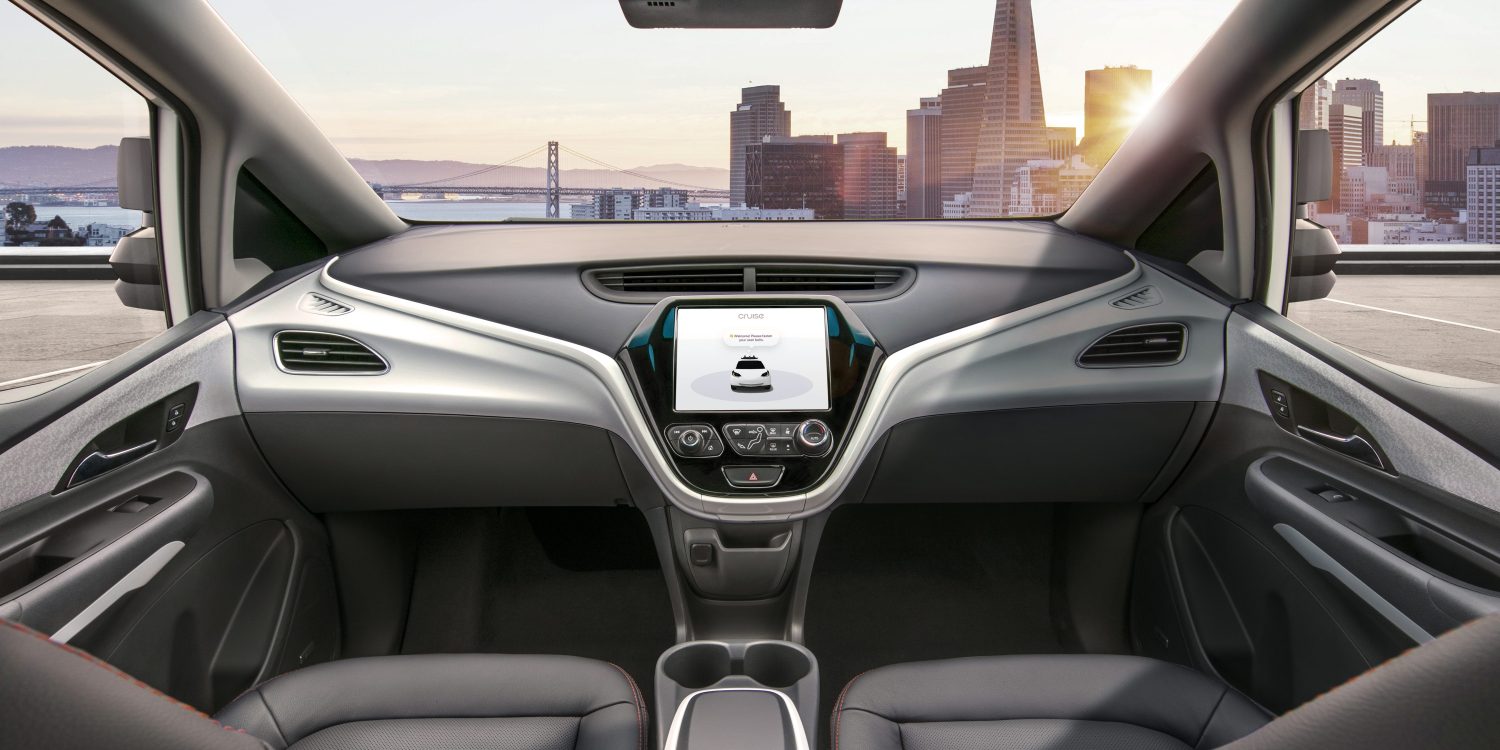
- Feb. 27th 2018 12:09 pm ET @FredericLambert
California has been one of the most forward-thinking states when it comes to self-driving vehicles by enabling test programs on public roads early on.But those vehicles need to have someone in the driver’s seat at all times and be ready to take control.
Now, new DMV regulations this week approved the use of fully self-driving cars as soon as April.
For example, Michigan adopted its own regulatory process for testing programs and allows self-driving cars based on a driver’s test. Arizona and Nevada, among other states, have also made significant progress to allow the technology to operate within their borders.
Now California is looking to keep the lead by enabling the commercialize use of self-driving cars, but they are still adding an important limitation about remote monitoring and control.
The DMV still requires “a remote operator to continuously supervise the vehicle’s performance of the dynamic driving task.”
The agency describes a “remote operator”:
“Remote operator” is a natural person who: possesses the proper class of license for the type of test vehicle being operated; is not seated in the driver’s seat of the vehicle; engages and monitors the autonomous vehicle; is able to communicate with occupants in the vehicle through a communication link. A remote operator may also have the ability to perform the dynamic driving task for the vehicle or cause the vehicle to achieve a minimal risk condition.”
Companies can now apply for the program and remove engineers and test drivers from the actual vehicles in order to switch to remote operators.
It adds an important task for companies developing the technology since they will have to make sure to have the proper technology in place for someone to remotely communicate with its vehicles, take control if necessary, and communicate with passengers.
Fortunately for them, the role of the remote operator can be transitioned to just monitoring once the technology is fully deployed and commercialized.
Several companies, like Alphabet’s Waymo and GM’s Cruise, have been working on similar roles, but the focus has mostly been on remote monitoring rather than operating.
The new rules come just as GM unveiled the first driverless version of its self-driving car (pictured above) and as several other companies, especially Tesla and Waymo, prepare to commercialize their own self-driving program.
Original message: https://electrek.co/2018/02/27/california-fully-self-driving-cars/
